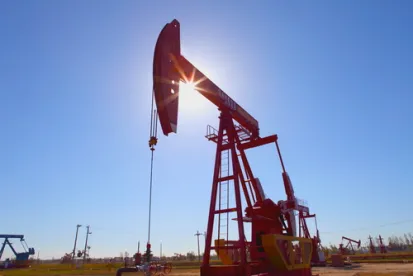September 28, 2016 was another tough day for Pennsylvania’s oil and gas industry, the PA Department of Environmental Resources and the PA General Assembly as the Commonwealth’s highest court called into question portions of PA Act 13 of 2012, the Oil and Gas Act. While legal minds are still reading and interpreting the 88 page decision, it is apparent that some parts of the majority decision will impact operational sections of the Act, as well as sections of the soon to be released Chapter 78a rulemaking package.
It is not the objective of this article to provide a further analysis of the Court’s decision; however, the decision does contain several statements that, on their face, have the potential to disrupt portions of the Chapter 78a rulemaking.
One item of particular interest rests in footnote 3 on page 5 of the decision under the “Background” discussion. Simply put, this footnote addresses Section 3215(a) of Act 13 which establishes minimum gas and oil well setback requirements from buildings, water wells and other resources. Section 3215 also contains subsections (b) through (g). These sections address additional requirements including setback waivers (subsection (b)), public resource identification and protection (subsections (c) & (e)) and storage of chemicals and wastes (subsection (d)). In its previous Act 13 decision in Robinson Township v. Commonwealth of Pennsylvania (Robinson II), the Court struck down Sections 3215 (b) and (d) and enjoined the application and enforcement of Sections 3215 (c) and (e). In a 2015 appeal to Commonwealth Court of the Department’s Chapter 78 rulemaking, the Pennsylvania Independent Oil and Gas Association challenged the Department’s insertion of public resource provisions in that rule. This challenge was based on the Robinson II decision’s enjoinment of Section 3215 (c). The Commonwealth Court, in a September, 2016, decision disputed PIOGA’s assertions that the inclusion of the rule was invalid and read the Robinson II decision as only partially enjoining Section 3215(c). The decision let stand the Department’s public resource rulemaking. In what appears to be a position contrary to that taken by the Commonwealth Court, footnote 3 of this latest decision seems to clarify any misunderstanding of the Supreme Court’s position in Robinson II by noting,
“After our Court’s decision in Robinson II, only Section 3215(a), which prescribes setback distances for oil and gas wells from buildings and water wells, remains in effect”
This footnote seems to remove any doubt about the breadth of the Court’s original enjoinment of Section 3215(c) in Robinson II. PIOGA’s Board of Directors has authorized an appeal of the Commonwealth Court’s decision relative to Section 3215(c) and the issue will be laid to rest in favor of the industry.




 />i
/>i
